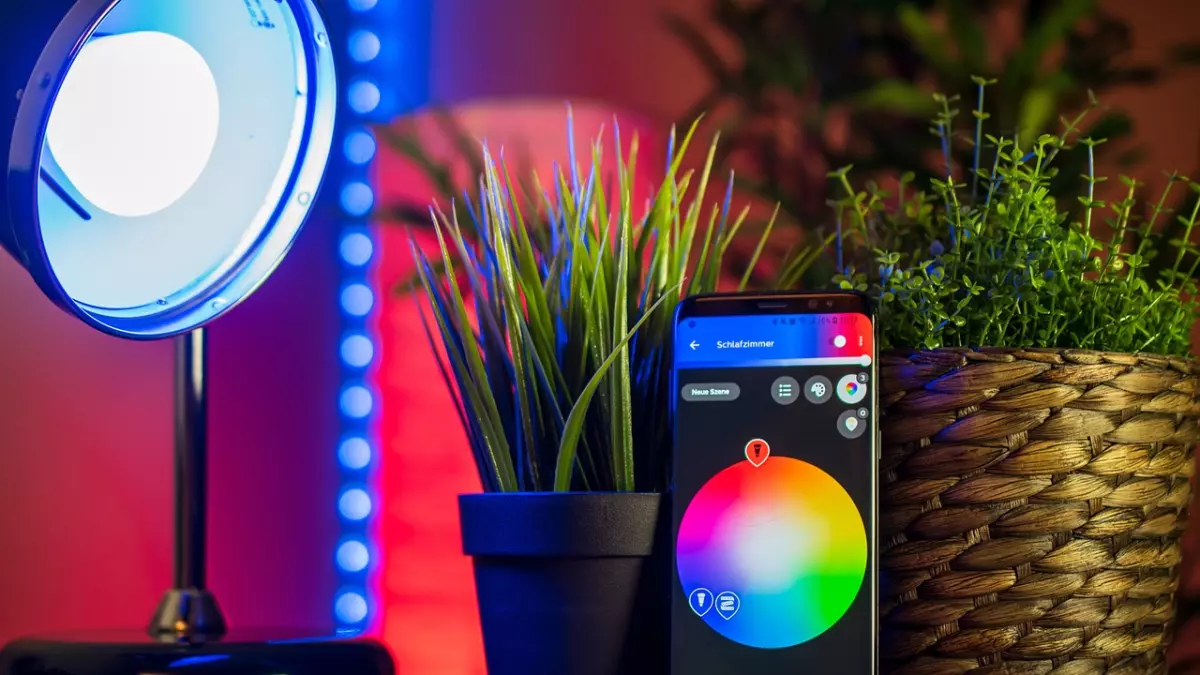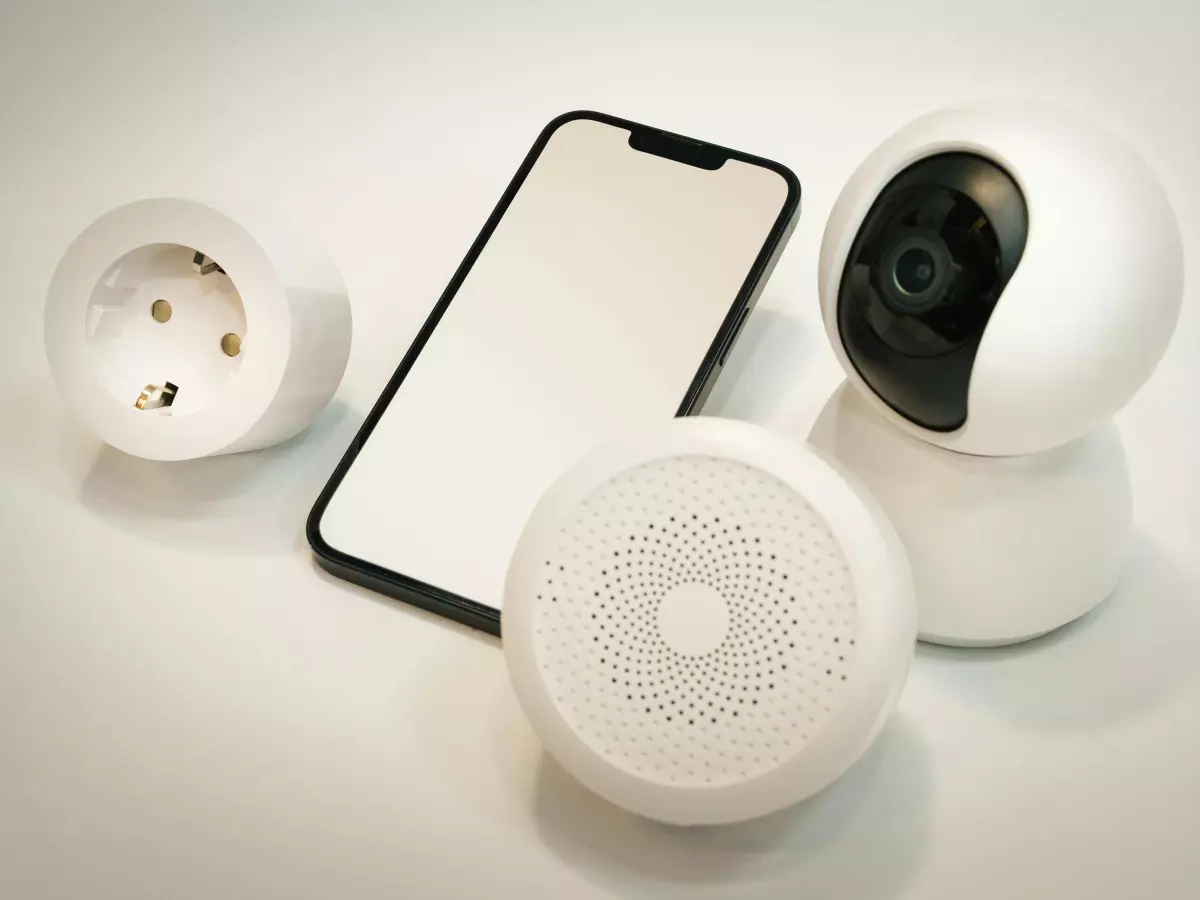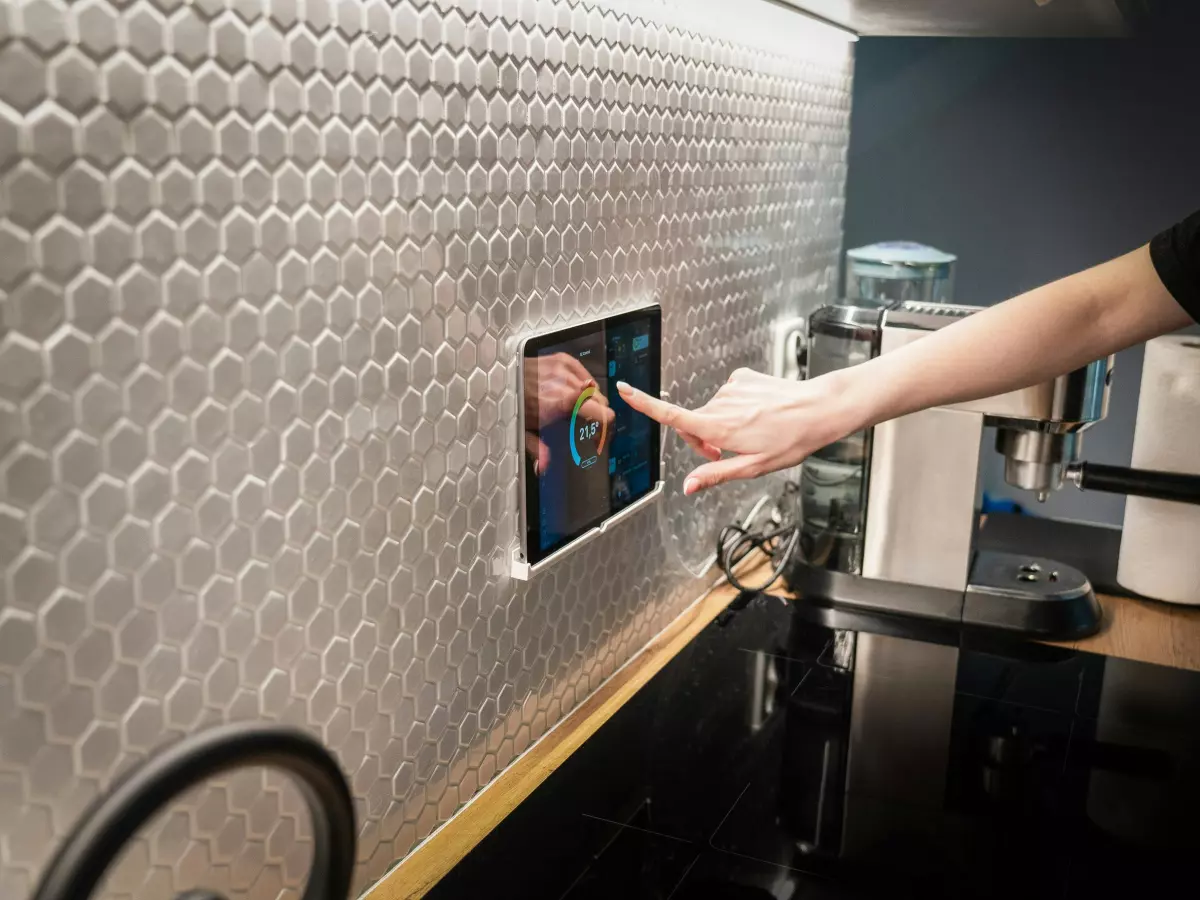Smart Home Headaches
You’ve just bought a shiny new smart thermostat, but it won’t connect to your smart lights. The frustration is real, and you’re left wondering: why can’t all these devices just get along?

By Marcus Liu
Welcome to the world of smart home device interoperability—or, more accurately, the lack of it. You’re not alone in this struggle. Many people dive into the smart home ecosystem expecting seamless integration, only to find out that their devices speak different languages. The result? A chaotic mix of gadgets that refuse to work together. But don’t worry, there’s hope. Let’s break down the challenges and, more importantly, how to overcome them.
First, let’s talk about why this happens. Smart home devices rely on different communication protocols—like Zigbee, Z-Wave, Wi-Fi, and Bluetooth. Each of these protocols has its own strengths and weaknesses, but they don’t always play nice with each other. For example, your smart lock might use Z-Wave, while your smart speaker is on Wi-Fi. Without a common language, these devices can’t communicate, leaving you with a fragmented smart home experience.
Why Protocols Matter
Think of smart home protocols as the languages that devices speak. If one device is speaking French (Zigbee) and another is speaking Spanish (Wi-Fi), they’re not going to understand each other. This is where things get tricky. You might have a smart light bulb that works perfectly with your smart hub, but when you add a new smart plug that uses a different protocol, suddenly nothing works as expected.
And it’s not just about the protocols themselves. Some devices are locked into specific ecosystems, like Apple’s HomeKit or Google Home. If your devices aren’t compatible with the same ecosystem, you’ll need multiple apps to control them, which can quickly become a headache.
The Connectivity Puzzle
Connectivity is another major issue. Even if your devices use the same protocol, they still need to be on the same network. For example, some smart home devices only work on 2.4 GHz Wi-Fi, while others require 5 GHz. If your devices are on different frequencies, they won’t be able to communicate, even if they’re technically compatible.
Then there’s the issue of range. Some protocols, like Z-Wave, have a limited range, meaning your devices need to be within a certain distance of each other to work. If your smart home is spread out over multiple floors or a large area, you might run into connectivity issues.
Interoperability Solutions
So, how do you solve these interoperability challenges? The good news is that there are a few ways to make your smart home devices work together more smoothly.
- Choose a Unified Ecosystem: One of the easiest ways to avoid interoperability issues is to stick with a single ecosystem. For example, if you’re already using Google Home, try to buy devices that are compatible with Google’s ecosystem. This way, you can control everything from a single app, and you won’t have to worry about devices not working together.
- Use a Smart Hub: A smart hub can act as a translator between different protocols, allowing devices that use different languages to communicate. For example, a hub like Samsung SmartThings supports multiple protocols, including Zigbee and Z-Wave, so you can connect devices that wouldn’t normally be compatible.
- Check for Matter Support: Matter is a new smart home standard that aims to solve many of these interoperability issues. Devices that support Matter should be able to work together, regardless of the protocol they use. If you’re building a smart home from scratch, look for devices that are Matter-compatible to future-proof your setup.
- Upgrade Your Network: If you’re having connectivity issues, it might be time to upgrade your Wi-Fi network. A mesh Wi-Fi system can help ensure that your devices are all on the same network and have a strong signal, no matter where they are in your home.
- Use a Range Extender: If you’re using a protocol like Z-Wave and running into range issues, a range extender can help boost the signal and ensure that all your devices stay connected.
Final Thoughts
At the end of the day, building a smart home that works seamlessly is all about planning. By choosing the right devices, sticking to a unified ecosystem, and using tools like smart hubs and range extenders, you can avoid many of the interoperability headaches that plague smart home enthusiasts. And with new standards like Matter on the horizon, the future of smart home interoperability is looking brighter than ever.
So, the next time you’re shopping for a new smart gadget, take a moment to consider how it will fit into your existing setup. A little bit of planning can save you a lot of frustration down the road.





